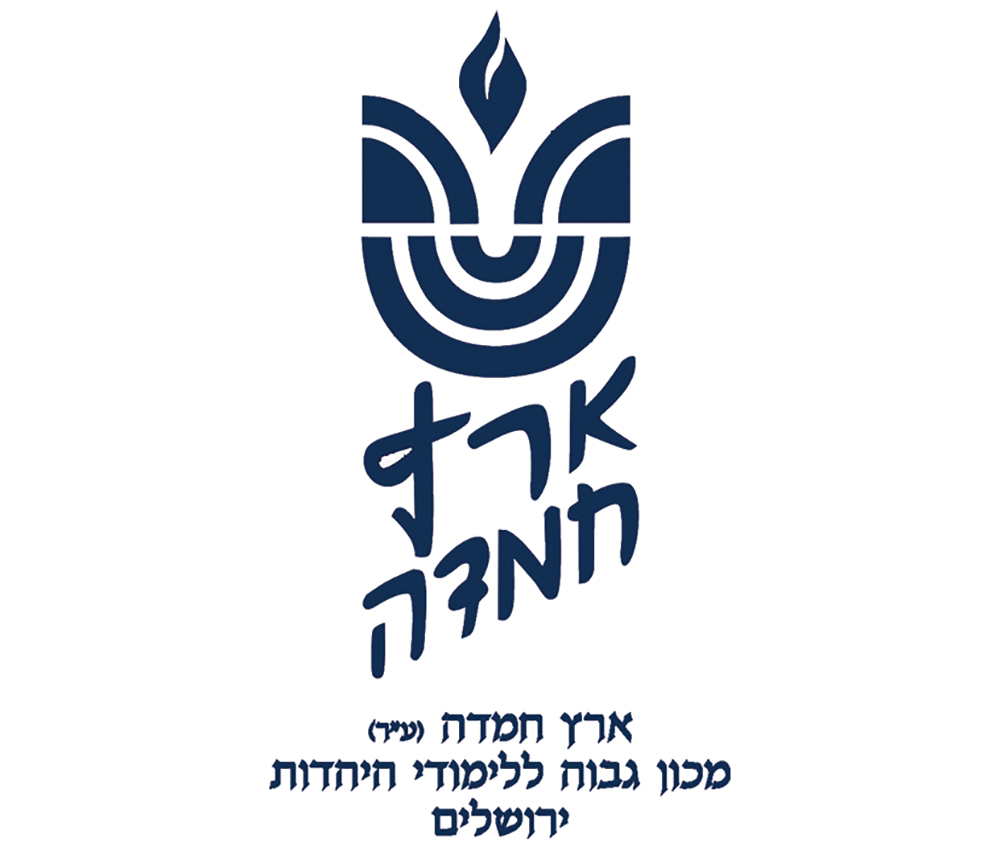
לעילוי נשמת
יואל אפרים בן אברהם עוזיאל זלצמן ז”ל
Question: I understand that if one eats a sufficient amount of food whose bracha is Mezonot, he recites Hamotzi and Birkat Hamazon on it. Do bread and Mezonot combine to comprise the required amount when each separately lacks a shiur? How about different types of Mezonot, e.g., cake and oatmeal?
Answer: The Gemara (Brachot 42a) says that for “pat habaah bekisnin—food that shares qualities with bread but is not normal bread,” whether one recites Hamotzi or Mezonot on it depends on whether one is koveia seuda (sets a meal) on it. When “pat habaah bekisnin” gets Hamotzi, one also recites Birkat Hamazon on it (Shulchan Aruch, Orach Chayim 168:6) and washes on it (ibid. 158:1).
To be a candidate for bread status, food must be made from “the five grains” and be baked or look like bread. (Spaghetti is not “pat habaah bekisnin” or treated like bread no matter how much of it one eats—see ibid. 168:10). Various characteristics determine whether foods that pass these tests are bread or “pat habaah bekisnin” (ibid. 7).
A kezayit of bread suffices to require Birkat Hamazon, (ibid. 9), but if one eats less, “pat habaah bekisnin” cannot take it over that threshold, because objects with different shiurim do not join together to reach the shiur (see Shabbat 76a). However, if one was slightly short of the shiur needed for “pat habaah bekisnin,” the bread—with its smaller shiur—can complete the bigger shiur needed for “pat habaah bekisnin,” (ibid.). Different types of bread combine for a kezayit and types of “pat habaah bekisnin,” combine for keviat seuda. (Arguably, elevating “pat habaah bekisnin,” to bread status must focus on one food, but I have not found sufficient basis for this in the sources.)
The Magen Avraham went much further in combining things, claiming that it is enough that the meal with “pat habaah bekisnin” is a real meal. He writes: “If he set his meal on ‘pat habaah bekisnin,’ even though he ate with it meat and other things and if he had eaten (that amount he had of) it by itself he would not have been satiated from it, he still recites Hamotzi and Birkat Hamazon.” His approach emanates from the Gemara (ibid.) and Rishonim who describe eating of these semi-breads as that which is done at a normal meal. After all, a normal meal includes foods other than bread. So while no amount of cooked or fried grain-based food could get Hamotzi, oatmeal that you mentioned and many other things one has as part of a meal with, say, a boreka, can—according to the Magen Avraham—change the boreka’s bracha to Hamotzi.
I must warn you, though, that it is very difficult to apply the matter of being koveia seuda on “pat habaah bekisnin.” First, there is a machloket whether the amount of keviat seuda to eat depends on the individual’s satiation or how much most people eat (see opinions in Rosh, Brachot 6:30). Another regarded approach sets the amount at the size (weight/volume?) of three or four eggs. This is a cutoff point regarding certain halachot of serious eating, even though it does not satiate most people (see Mishna Berura 168:24).
There is also a machloket whether we accept the Magen Avraham to include other foods eaten at the meal to reach keviat seuda—the Mishna Berura (ibid.) accepts him; the Birkei Yosef (Orach Chayim 168:6) and Aruch Hashulchan (Orach Chayim 168:17) disagree. There are also several permutations and opinions about how broadly to apply the Magen Avraham. Is it only for foods that are eaten with the mezonot, e.g., crackers and cheese, a sandwich on a “mezonot roll” (see discussions in Vezot Habracha 4:3; Netivot Habracha 57)? Is it only when the mezonot and other foods are eaten at the same time (Shemirat Shabbat Kehilchata 54:132), in the name of Rav Auerbach? Rav Moshe Feinstein (Igrot Moshe, Orach Chayim II, 32) has an expansive approach. While the Magen Avraham assumes the “pat habaah bekisnin,” must play a major part of the meal, Rav Moshe reasons that today’s trend to eat less bread at meals than was once standard lowers the amount of “pat habaah bekisnin,” needed as well.
Many poskim assume there is a difference between lechatchila and bedieved, i.e., avoid meals with significant “pat habaah bekisnin,” and no bread due to the huge gray area. Nevertheless, common practice is to eat non-bread meals without Hamotzi/Birkat Hamazon (see Avnei Yashfeh II, Orach Chayim 20; Teshuvot Vehanhagot I:182).
Rabbi Mann is a dayan for Eretz Hemdah and a staff member of Yeshiva University’s Gruss Kollel in Israel. He is a senior member of the Eretz Hemdah responder staff, editor of Hemdat Yamim and the author of “Living the Halachic Process, Volumes 1 and 2” and “A Glimpse of Greatness.”








